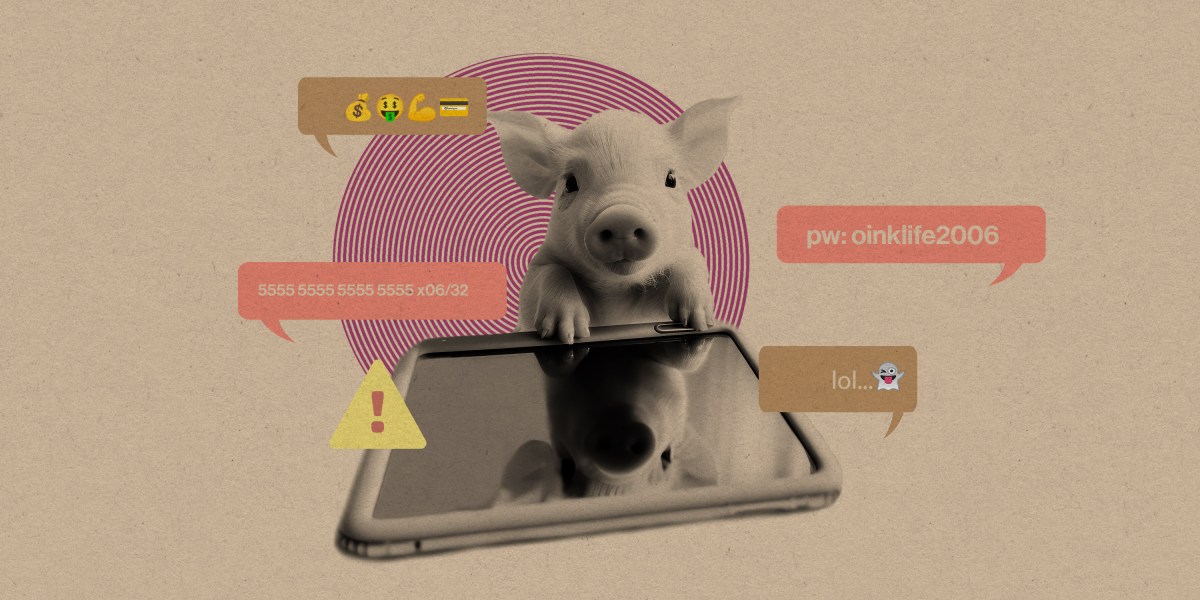Trump Squeezed America’s Geek Squad. Biden Built It Back Stronger

Mina Hsiang returned to the United States Digital Service, the US government’s rapid digital fix-it squad, on January 26, 2021, when the streets of Washington, DC, had hardly been cleared after Joe Biden’s inauguration. She was one of the group’s founding members but had spent the past few years working for a health care startup. Upon her return, Hsiang worked on Covid response, and in September 2021, she became the third director of the USDS.
Her timing was impeccable. The organization had sprung from the infamous HeathCare.gov debacle in 2013, when the website for selecting insurance plans under the new Obamacare law crashed badly. Hsiang was a key member of the scrappy rescue team that turned things around, using principles of web design that were common in Silicon Valley operations but underutilized in government. Their methods flew in the face of typical arrangements in federal agencies, which would contract out digital operations to legacy firms with Beltway connections. Those six- or seven-figure contracts seldom demanded benchmark performances and often took years to complete, or were never finished at all. The tiny team of idealistic rescuers not only helped design a cleaner avenue to health insurance, but charmed the lifers at Health and Human Services (HHS) into enlisting them to fix up digital government more broadly.
The idea behind the new USDS was to bottle the same guerilla spirit that had saved HealthCare.gov. Ideally, these volunteers from the commercial tech firms would win the hearts and minds of people inside agencies like the Veterans Affairs (VA) or HHS, infiltrating their calcified cultures with the can-do spirit and constant iteration of a startup and creating digital government services as slick as the latest app from Silicon Valley.
I spoke to Hsiang this week about how the USDS is faring after two years under her leadership. During the Trump years, the agency had to scramble just to stay alive, no easy task when a target was tacked onto anything even tangentially related to Obama. The team survived through a combination of lying low and doing productive work. They managed to thread that needle, in part, because Jared Kushner was at one point infatuated with the concept. Nonetheless, USDS wasn’t thriving when Hsiang returned. “The last administration had done a lot to undermine staffing,” she says.
Hsiang took over just as things were looking up. Biden’s 2021 American Rescue Plan directed an astonishing $200 million to the USDS, ballooning its previously modest budget. That enabled USDS coders and designers to work with more agencies and start new programs. “There was just a ton of demand across government. So it was, ‘OK, how do we rebuild, scale, and up level,’” says Hsiang. It also helped that late in 2021, Biden issued an executive order making human-centered design a key part of the federal government’s digital interface with citizens. One radical idea: “In all sectors, services should reduce burdens, not increase them.”
The head count of USDS is now around 215, up from 80 when Hsiang ended her first stint with the group. “About a third of those are returners,” Hsiang says. Despite what she calls the “anti-sell”—a warning about the restrictions and financial implications of working for the government—“People still want to show up.”
Another part of her task was steadying the ship. Despite a number of victories in agencies ranging from the VA to the Department of Defense, USDS has enemies. Not surprisingly, some of those fat-cat contractors who enjoyed no-blame deals to create bloated databases that didn’t work pushed to constrain or kill this threat to their business models and self-respect. And apparently some critics just don’t like the idea of people in hoodies churning out code in the basements of federal agencies. The USDS has always dealt with pushback in Congress, and this summer some legislators launched an unsuccessful (for now) effort to strip $80 million from the USDS budget, claiming that the service wasn’t accountable. “What the hell are they working on?” one anonymous government critic said to FedScoop.




